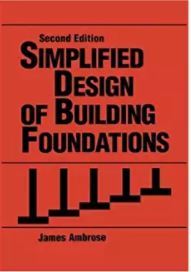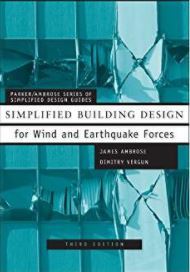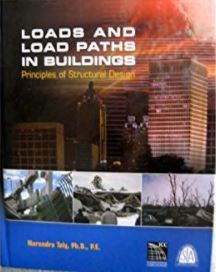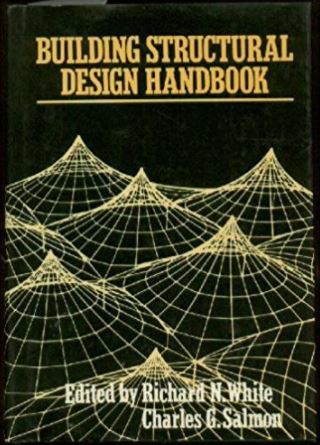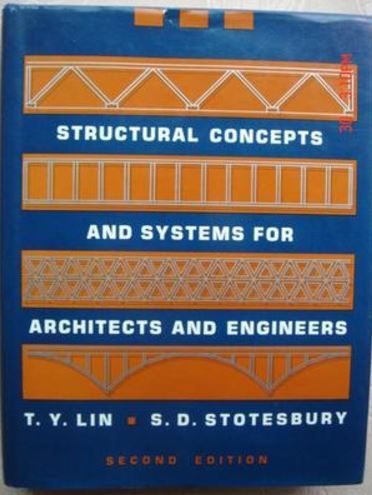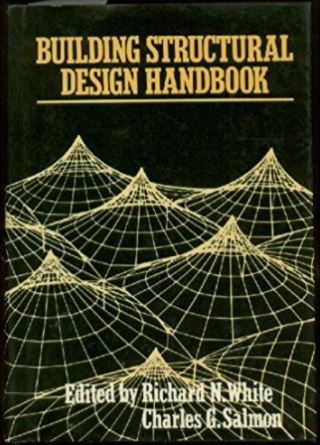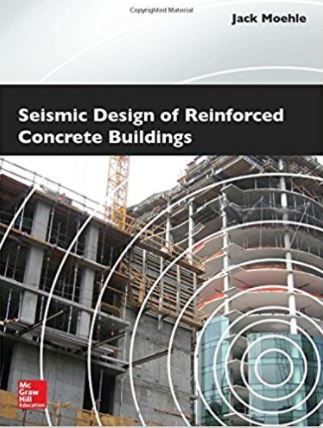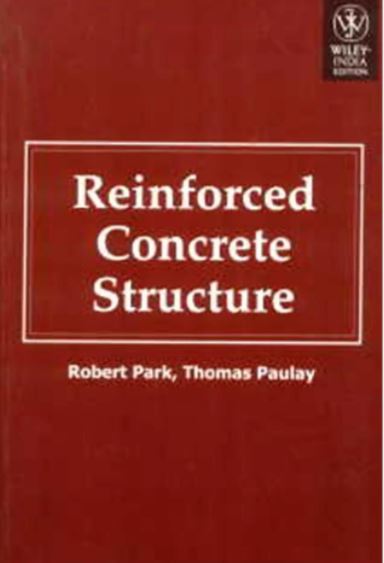I'm taking a moment to ponder some design topics after reading a new text. I'm reading through the section on lateral force-resisting systems and diaphragm behavior in "Structural Loads - 2012 IBC & ASCE/SEI 7-10" by Fanella... In this section, they give the sequence of wind load path as it "travels" through the diaphragm to the foundation. The text mentions that wind loads begin with the application of wind at the windward wall. It goes on to trace the loads through the subsequent supporting members. It's straight forward.
The question that arises for me is why they don't mention any contribution from the leeward wall MWFRS wind loads. I typically consider the overall contribution from both the windward and leeward MWFRS wind, applied to the floor or roof diaphragm in mind. This is analogous to a beam with loads being applied transversely at the top and bottom flanges for an overall distributed load.
This chapter goes on to mention that bearing wall systems, similar to building frame systems, should be designed to consider the most critical combined load effects due to gravity and wind loads. However, it also mentions that for wood construction, most of the connecting elements are only designed for lateral and not gravity loads. I typically consider the combined effects through IBC load combinations, if the element is designed to support both applications of load regardless of material type.
Perhaps this should be two different topics, but I'd like to get some opinions from other engineers:
1. In this text, why does the wind load propagation from a diaphragm to the MWFRS only include effects from the windward wall?
2. For the different types of structural systems (ie Moment frames, Braced frames, bearing walls etc.), when should the combined effects of gravity and lateral loads be considered for designing the building elements and connections? Any text references that cover this in detail?
The question that arises for me is why they don't mention any contribution from the leeward wall MWFRS wind loads. I typically consider the overall contribution from both the windward and leeward MWFRS wind, applied to the floor or roof diaphragm in mind. This is analogous to a beam with loads being applied transversely at the top and bottom flanges for an overall distributed load.
This chapter goes on to mention that bearing wall systems, similar to building frame systems, should be designed to consider the most critical combined load effects due to gravity and wind loads. However, it also mentions that for wood construction, most of the connecting elements are only designed for lateral and not gravity loads. I typically consider the combined effects through IBC load combinations, if the element is designed to support both applications of load regardless of material type.
Perhaps this should be two different topics, but I'd like to get some opinions from other engineers:
1. In this text, why does the wind load propagation from a diaphragm to the MWFRS only include effects from the windward wall?
2. For the different types of structural systems (ie Moment frames, Braced frames, bearing walls etc.), when should the combined effects of gravity and lateral loads be considered for designing the building elements and connections? Any text references that cover this in detail?

